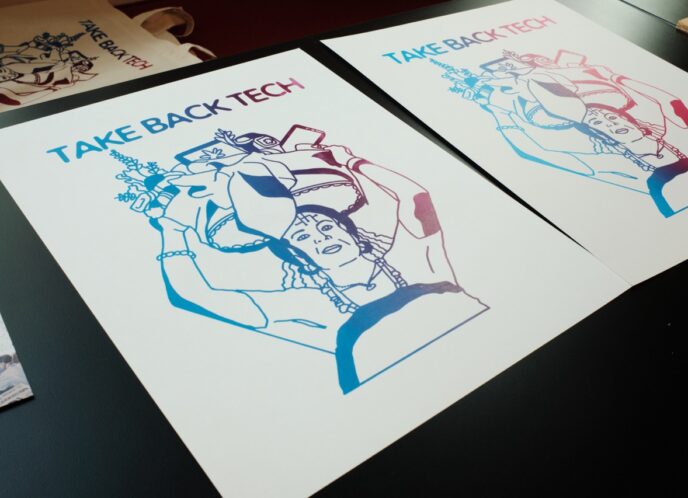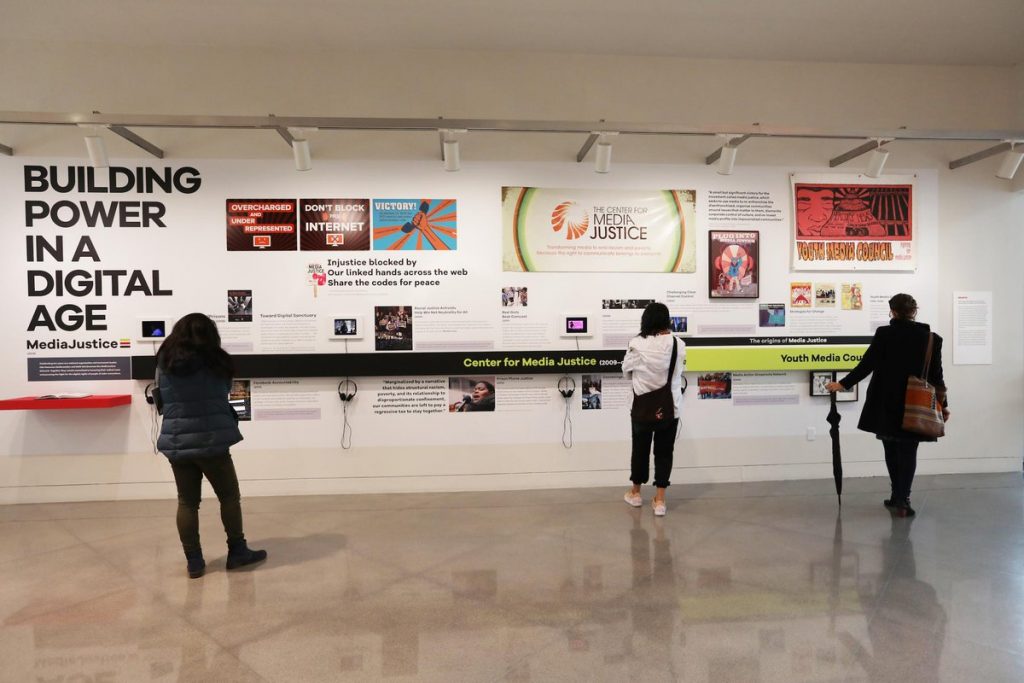
Our Story
Founded in 2009, MediaJustice (formerly Center for Media Justice) is fighting for a future in which we are all connected, represented, and free.
Youth and other vulnerable communities of color in the United States have been fighting to have their stories told accurately and fairly by the media for decades, as part of the broader movement for racial justice in this country. Oakland’s Youth Media Council (YMC), a Black-led media accountability coalition, formed out of a non-profit organization called “We Interrupt This Message” in 2001. Led by racial justice activist Malkia Cyril, it was comprised of activists who understood the power of media narratives to shape public policy through stereotypes and misrepresentation.

The youth of YMC soon discovered that through action research, cultural organizing, and network building, they could harness the strength of their communities to fight back against racist, sexist, and anti-youth bias in news media.
YMC would help form the Media Action Grassroots Network in 2004, and ultimately become the Center for Media Justice (CMJ) in 2009. A decade later CMJ has taken a new name: MediaJustice, with our signature program now known as the MediaJustice Network—still led by Cyril and still fighting to defend the communication rights of the most under-represented communities. From protecting the Internet access and online voice of racial justice organizers exposing police brutality to challenging high tech criminalization and mass incarceration, MediaJustice and the MediaJustice Network are battling to keep powerful institutions from silencing and exploiting the nation’s most vulnerable voices.
This fight for justice continues in the era of fake news and Facebook dominance, but our tactics harken back to our roots: interrupting mainstream media messages, forming coalitions to speak truth to power, and fighting for the right to communicate freely and openly – led by youth, women, and other vulnerable people of color.


